" Rich Beach explores the Italian penchant for two wheeled style Passion. Italians have it in spades. In fact, where we are all made of 3/4 water, the Italians are 75% pure passion. Passion flows through everything they do, from throwing a dish "

Flawed Genius
God loves a trier. It could be the motto of the Italian motorcycle industry. They have never let common sense stand in the way of a dream – the audacious dream of developing a production bike that just might make the world genuflect with awe and admiration.
Passion is not exclusively Italian, especially when it comes to motorcycles. But the madness of putting passion before reason helps to explain why plenty of half-baked, half-cocked ideas have led to the Italian bankruptcy courts.
Forget ‘failure is not an option’ and all that codswallop. Italian motorcycle companies have often had business plans as firm as a string of over-cooked spaghetti.
Please don’t think I’m criticizing. In fact, I’m doing the opposite.
I absolutely love the Italians’ delusional, monomaniacal self-belief. Just don’t ask me to sink my meager life savings into the product of their next hare-brained scheme.
Italian brands come and go like the seasons. Some, like salmon, make a huge effort to return to their roots to spawn just to roll over and die at the end of conception.
But, goddamnit, they keep trying – and with an intensity that has at times appeared pathological.
Much of the blame for this insatiable urge to build high performance, high spec production bikes – with equally stratospheric price tags – can be laid at the door of Rimini-based business Bimota.
There was a time when this small firm of former heating and ventilation engineers built the most advanced – and arguably the best – road bike on the planet.
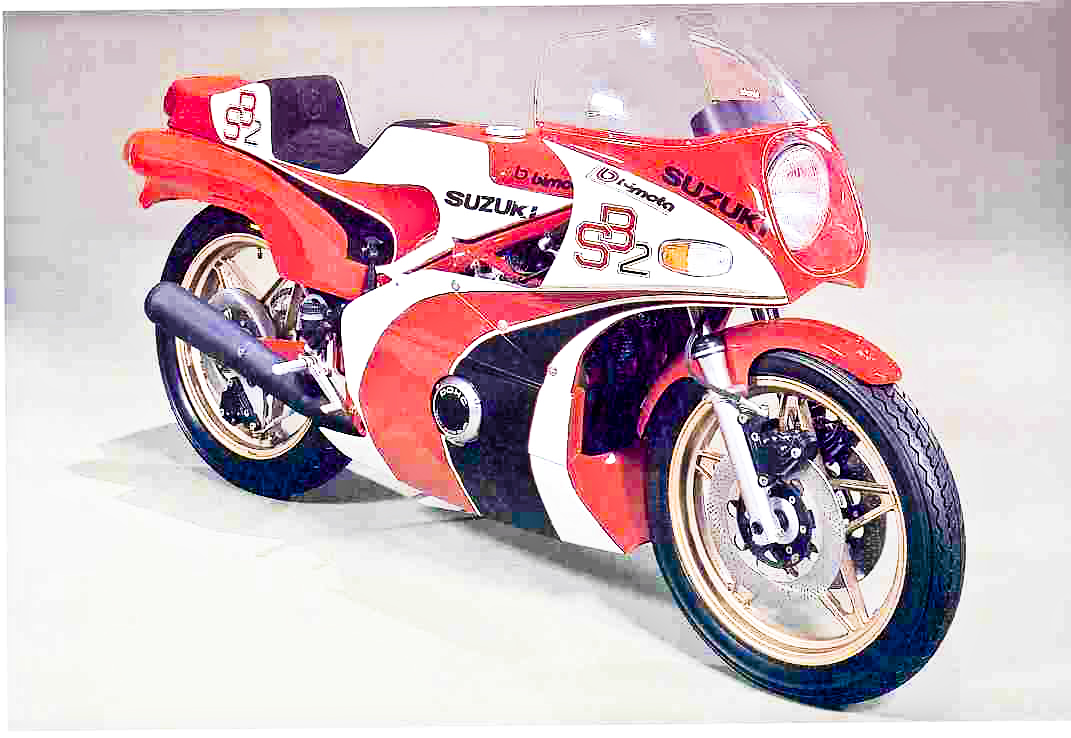
The Bimota SB2 used a Suzuki GS750 engine in a chromoly space-frame garnished with the highest quality components from legendary Italian engineering firms like Brembo, Campagnolo and Ceriani.
It’s worth mentioning that in the exceptional case of their doomed two-stroke 500cc Vdue, Bimota always used third party engine suppliers. Despite the fact that these engine suppliers were often Japanese, Bimota remains as fundamentally Italian as the Colosseum.
The groundbreaking SB2 was wrapped in a swooping fairing that was so ahead of its time it never came into fashion. It was a vision of biking created in 1976 – but as if focused through a lens crafted in the 21st Century.
In 1978 the American magazine Cycle found its performance to be comparable to only one other machine, Suzuki’s RG500 Grand Prix bike (the kind on which Sheene won his world titles).
“If you were a brilliant welder, a superlative mechanic, and an inspired designer, this is what you would aspire to build for yourself,” gushed the editorial.
The man behind this game-changing motorcycle was Massimo Tamburini, perhaps the most lauded of all motorcycle designers.
By the mid-1980s Bimota almost won the World Superbike world title and in the following decade the company were building models that could claim to be amongst the fastest road bikes available – particularly the SB2’s spiritual successor the Suzuki GSX-R1100-powered SB6 (below).
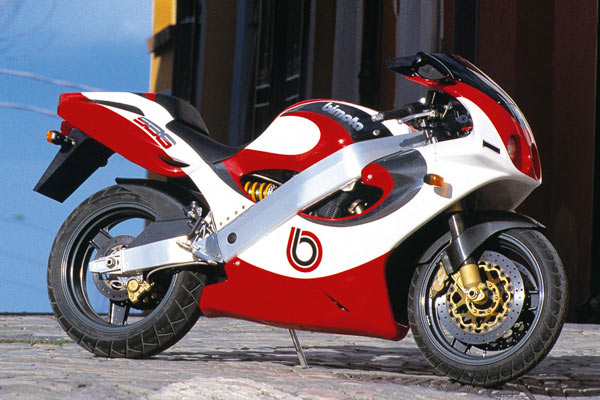
Along the way they would also produce the otherworldly Tesi, which was the first hub-centre-steered production bike. Bimota never lacked ambition, but as trailblazers often are, they were subsequently attacked from all sides. Soon the innovative Bimota machines’ ‘unique selling points’ became as commonplace as belly buttons.
Bimota continue to limp on, but it’s hard to understand how.
Of course, Italy does have a motorcycle industry, and a pretty healthy one at that. MV is back in Italian hands after a short spell of being under Harley-Davidson control and wowing certain sections of the media with their new three-cylinder F3.
Moto-Guzzi and Aprilia are now under the wing of scooter giant Piaggio and both still breathing – and the latter are of course the current World Superbike Champions. But this success doesn’t appear to be leading to a huge sales upswing.
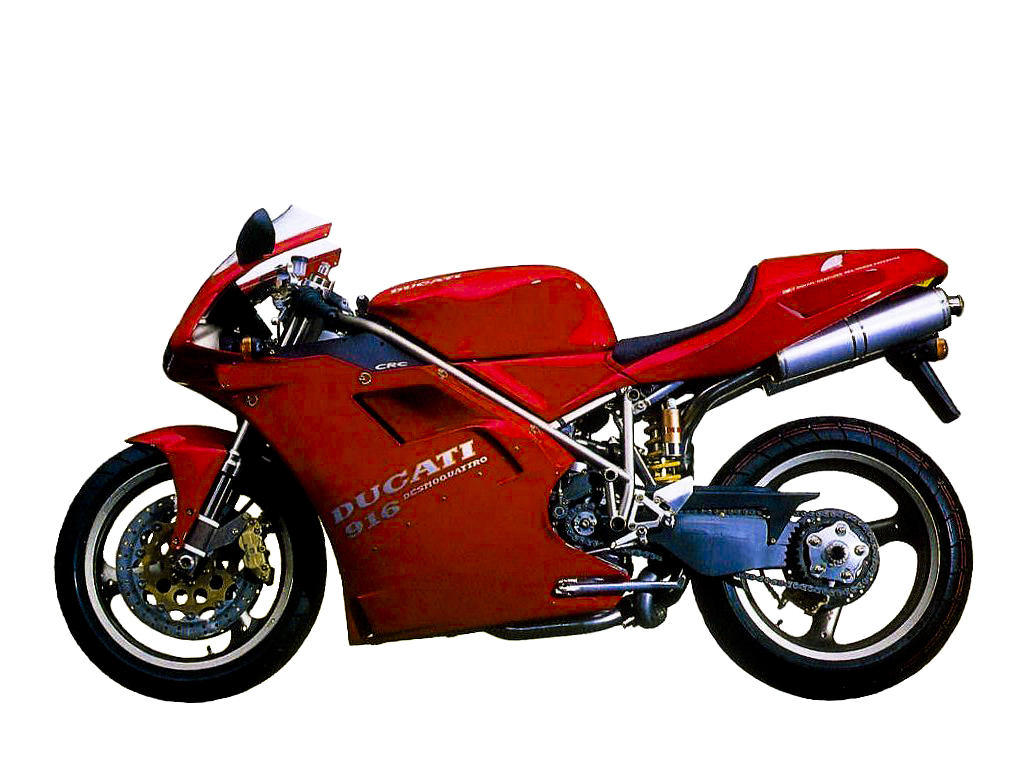
Then there’s Ducati, now the least typically Italian of all Italian bike manufacturers. Pardon? Yes, you heard. And that, I believe, is exactly why they’re successful.
The most telling thing I ever heard in relation to a Ducati was from a friend who owned several. He said when he walked up to his 916 (above) he’d suck his gut in, just as he would in the presence of a woman he wanted to impress.
Up until the 916, designed by Tamburini (yes him again), Ducati were a bit-part player, like Bimota, but less glamorous.
They’d done the groundwork: the 851 and 888 had won World Superbike titles and their then new four-valve, desmodromic, liquid-cooled motors were crucial for the company’s later success – but only the really committed bought them.
Now Ducati arguably occupy the mainstream as firmly as any Japanese bike manufacturer and their global dealerships are as cookie-cut as a fast food franchise.
Ducati were quick to follow the lead of Ferrari and Harley-Davidson and become a brand. Now their name is affixed to all manner of licensed products that they sell in stylish dealerships the world over. And the fans lap it up.
That’s not Italian passion. It’s hard-headed marketing.
Unfortunately, it’s what every bike manufacturer thinks is the way to go.
But I disagree. I miss the quirky dealers who sold Ducatis before it all became corporate. You know, back when, it seemed, Ducati’s plant at Borgo Panigale’s very future teetered on the brink every full moon. Back when Ducati, along with all those other legendary names, epitomized the attitude and modus operandi of Italian motorcycle manufacturers.
What can’t be argued with is Ducati’s current line-up of bikes. There aren’t any freaks or duds.
The ST series of dumpy tourers is a bad memory. The original Multistrada has been trampled over by the new 1200S. Yes, the 1198 is derivative, but it is Ducati’s very essence distilled (and the management still whince when they hear the numbers 999).
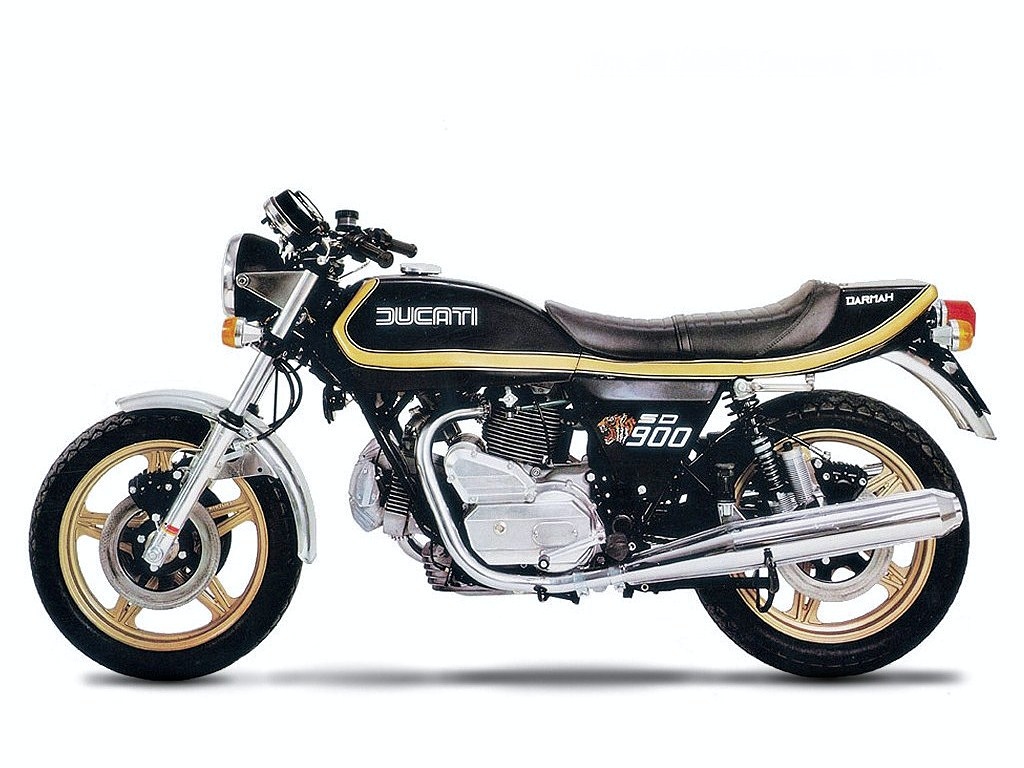
The Hypermotard is commendably crackers, but it doesn’t have a tiger’s head on its side panels like the Darmah (above).
Having said that, give me a 2011 Monster 1100S rather than a Paso 907 any day.
But please Ducati – let me have the option of buying your bikes from a shop with as much character as the bikes themselves, not from a kind of McDonald’s with motorcycles.
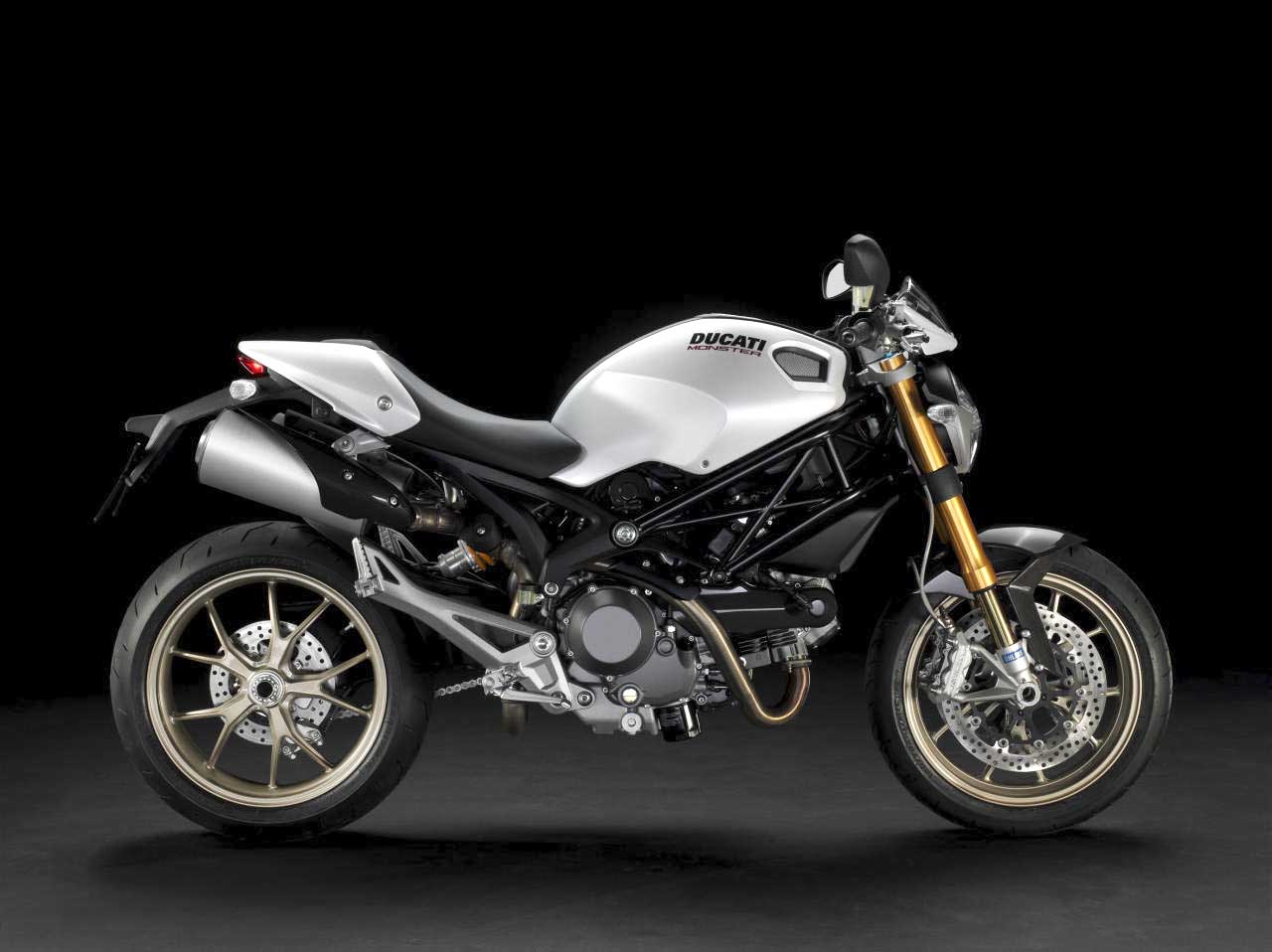
CLICK TO ENLARGE











“and the management still whince when they hear the numbers 999” Why on earth would they. The 999 is an absolute peach when you see it in the flesh and didnt it win a race or two aswell?
Too true, what about those back street little corner shops, I remember hitching to Carlisle via theLakes to come across a vision gleaming before me a brand New Darmah, I was 18, by the time I was 19 I’d sold, borrwed, stole, etc enough to buy a secondhand Duke, 30 years later I’ms till obsessed with them….how do they do it, Morini came back How? Benelli? I heard of someone riding across the sahara on a TNT once, don’t the chinese own them now? weren’t Guzzi once GP innovators and winners now tractor builders….a great article, please do more…..
My favorite Ducati dealer grew from a corner shop to a major player but (here’s why I don’t name them) when they baulked at a hugely expensive refit, Ducati simply pulled their francise. And Guzzi have abandoned their Lake Como home in the hope (I’m told) of creating a valuable sell-on as holiday accomodation. But then my obsession is even deeper than Gary’s – I have to fund what my wife calls the “burning money project” aka Benzina magazine